A Year in the Life of a Songbird
A year is a long time in the life of a songbird, and a lot of events happen over that time that take their toll on the birds in your garden. Nesting, breeding, rearing young, adverse weather, all fuel a demand for foods high in quality and nutrition to ensure birds and their chicks survive everything nature throws at them.
Couple this with varying levels of natural bird food in the environment generally, and you can see why it is important to feed garden birds all year round.
But what life events affect them the most, and how does this impact on the nutrition they need and how you should feed them? In this blog, we look at the major annual events in the lives of song and garden birds, and what you can do to ensure they get through them in the best of health.
Songbird Life Events
There are a number of events across the year that mark a bird’s life and unsurprisingly many are revolve around producing young. Because of this, wild birds have different nutritional requirements at different times of the year, and this should be taken into consideration when feeding.
The main events we’re going to look at include:
- Winter
- The Food Gap
- Nesting
- Autumn Moult
Winter
Think about feeding wild birds and you think about wintertime, right? After all, the ripe, colourful berries of autumn have been snaffled by the time winter bites the hardest, and the insects have all but gone.
It is a difficult time for garden birds, and a time when they’ll appreciate a helping hand.
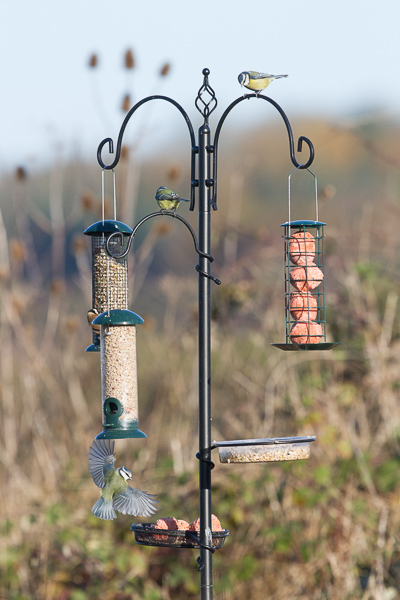
In winter, birds need fat for energy and insulation, and they need protein to keep their muscles in good working order. On top of our fantastic blends – Selected Wild Bird Food, Superior Wild Bird Food and Premium Wild Bird Food – considering supplementing with Peanuts or Peanut Granules because typically every 100g is packed with 26g or protein and 45g of fat, and birds love them.
Dried Mealworms and Dried Calciworms are a great source of insect protein, so it is important to feed these throughout winter because when the ground is frozen, worms bury deeper making it harder for birds to find them. Mealworms and calciworms make a fantastic replacement.
All our foods are made from the best quality ingredients we can source and go through Our Unique Cleaning Process which has 10-steps to ensure all the waste is removed. This means they are as clean and nutritious as any wild bird foods on the market.
By feeding blends of this standard, you’re giving the birds in your garden the best possible chance of surviving and thriving through the long, hard winter.
The Food Gap
As the seasons begin to turn and we start to leave the harshness of winter behind, the birds in our garden face a new challenge – the Food Gap.
The Food Gap occurs when last year’s crop of berries and seeds has been eaten and the insects haven’t yet emerged from their larvae state, meaning there is very little natural food available.
What to feed at this time can depend on the environment and the weather. If we get an uncharacteristically dry spell, for example, this will push worms further down into the earth and as the ground hardens, it becomes very difficult for birds to get them.
Feeding Dried Calciworms or Dried Mealworms in these conditions will provide the fat and protein birds need to survive. The same is true if cold weather is persisting and the ground is frozen. Garden birds won’t be able to get to worms through the hard earth, meaning feeding these great sources of insectivorous protein is the kindest thing to do.
What is worst is that this time of year can overlap with the breeding and nesting period, putting greater strain on the birds’ resources. Therefore, they require foods that will give them the most energy.
As a result, our Essential Blend for Spring & Summer and High Energy No Mess blends are great feeds for this time of year. They provide a lot of nutrients that are vital for survival, nest-building and maintaining and enhancing physical condition.
If the winter has been particularly harsh, and all the natural food has gone, our Superior Wild Bird Food is an excellent choice because it contains a minimum of 11 ingredient including raisins that replace the natural fruit and berries of the trees and hedgerows.
Our Premium Wild Bird Food is highly energy dense, also making it a fantastic choice during the food gap to ensure the birds in your garden have enough high quality, nutritional calories, to thrive until more abundant times arrive.
Nesting
Contrary to what many people think, birds don’t live in nests all year round, in fact most species only spend a few weeks each year in a nest.
This period is called nesting, and it starts with building the nest and doesn’t end until the chicks have left their parents’ care to become independent.
Once this period is over, individual birds tend to go back to roosting in trees or in other forms of shelter they find around their territory. They may have several places dotted about, returning to each of them in turn depending on which part of their territory they happen to be in.
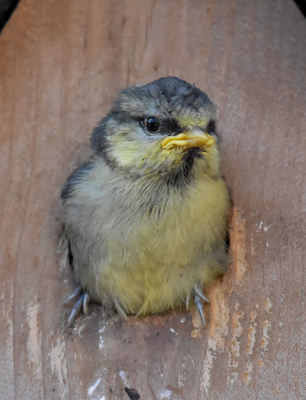
Nesting starts in late winter. Historically, the official start to the process was said to be St Valentine’s Day and it continues all the way through to August as different birds nest at different times. March to July is the busiest time for nesting, though.
Nesting is one of the most important times to feed the birds in your garden because it is a time when they need lots of food that is high in quality and nutrition. And with all the other birds raising young too, there is unlikely be enough natural food to go around.
By feeding during this period, you’re helping adult birds maintain the best condition they can, and that gives their chicks a better start in life, leading to greater survival rates.
Because nesting commences early in the year, often before the onset of the warmer weather, it is vital to continue feeding at this time. Very often, the soil is still hard from winter frosts, meaning is nearly impossible for Blackbirds, Robins, and Thrushes to dig for worms.
Therefore, supplementing with insectivorous proteins (Dried Mealworms and Dried Calciworms) during the nesting period is a great way to help the birds in your garden thrive. These can be scattered on the ground or put in a Mealworm Feeder.
Calciworms are particularly good at this time of year as the calcium they contain helps with egg development and strong bones. Wild bird foods that contain oystershell grit, such as our Essential Blend for Spring and Summer, are also packed with calcium.
Nesting is also a drain on the parent birds’ energy levels as building nests, incubating eggs and feeding young chicks all take their toll. For this reason, feeding highly nutritious, clean, blends will really give the birds in your garden a boost to help them through this time.
These can be supplemented with Peanuts, Suet Dumplings, Sunflower Hearts and Fat Balls, to help your garden visitors stay in tip top shape.
Autumn Moult
Once the long days of summer start to fade, take a stroll out into your garden in the evening. Don’t forget your jacket as the temperature is starting to fall and the first scents of autumn hang in the air. What do you notice? The sweet sound of bird song that filled the heady summer evenings has gone. It’s time for the moult.
Moulting is the process of shedding old feathers, damaged by the weather, eager parasites, and exertion.
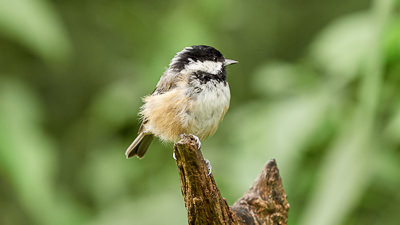
Like feeding and caring for young chicks, growing new feathers requires a lot of energy so birds tend to feed readily during the moult.
Choose highly nutritious foods like those during nesting times and include blends that can be scattered on the ground without germinating in your perfectly manicured grass or borders, such as our No Mess No Grow Wild Bird Food.
Scatter it under hedges and shrubs because during the moult, birds are more vulnerable to predators so are likely to feed in more secluded places.
In feeders and on bird tables, our Energy Boost blend is perfect during the moult, and supplementing with individual food items such as Black Sunflower Hearts, Peanut Granules, Suet Products, Dried Mealworms and Dried Calciworms with give the birds in your garden the right balance of high quality nutrition that will help them grow a new coat of warm, protective feathers.
Don’t Forget Water!
Finally, whatever time of year it is and whatever the birds in your garden are going through, don’t forget to provide clean, fresh water every day.
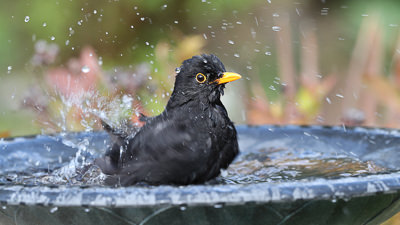
In the wintertime, this is essential as natural sources of water might be frozen. In summer, birds need clean sources of water to drink and splash around in, as this helps protect them against disease. Providing this can be as entertaining for you as it clearly is for them!
Observe Your Garden Visitors
Taking on board the information in this blog will mean the wild birds in your garden will have the best chance of taking anything nature can throw at them.
But you can also refine your approach to feeding by closely observing your garden visitors and tweaking your feeding regime in line with what you see.
Try different foods throughout the year and see what is taken most readily and by which species. This will provide clues as to what the birds in your garden most like to eat and when.
Alternatively, look at the species that are most often visiting your feeders and tailor a diet to those by providing any of the specialist blends we do.
If you want to attract specific species to your garden, consider our specialist blends such as Robin & Songbird, our Goldfinch Mix or our Ground & Table Mix, as these foods provide the right balance of fats, protein, vitamins, minerals and trace elements for the species they’ve been developed for.
By doing this, you will provide the perfect diet to the birds that visit, ensuring they come back year after year to create a garden that is alive with nature.
Our Recent Posts Giving Advice and Guidance on Wild Birds
Starlings and one of nature’s finest spectacles
Reading Time: 8 minutes Despite being one of the most well-known garden birds in the UK, the Starling is actually one of the species we need to be the most concerned about? They are considered to be one of the fastest declining birds in the UK and have been cropping up on the UK Red List of Conservation Concern for more than 20 years now. In this article we take a look at that mesmerising phenomena that is murmuration, as well as their wider behaviour.
A Guide to British Wagtails
Reading Time: 9 minutes Wagtails are delightful little birds and are so called because they do just that – wag their tails frantically as they go about their business. In Great Britain, we have three native species – the Pied Wagtail, the Grey Wagtail, and the Yellow Wagtail, which is a summer migrant. In this blog, we take a look at each of them, to find out more about these charming and animated characters.
Drum Roll for the Woodpecker, One of the UK’s Best Loved Birds
Reading Time: 10 minutes One of the most intriguing and evocative sounds in British woodlands is the Woodpecker tapping on tree trunks. But is the UK home to any other varieties of Woodpecker and if so, do they drum? In this blog, we take a closer look at one of Britain’s best loved and most iconic birds and unveil the secrets of their unique behaviour.






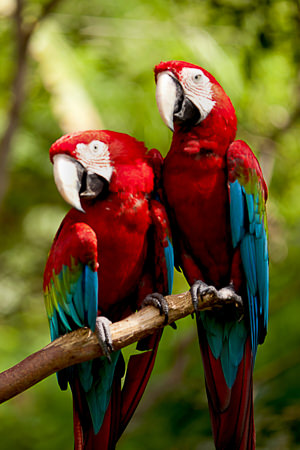
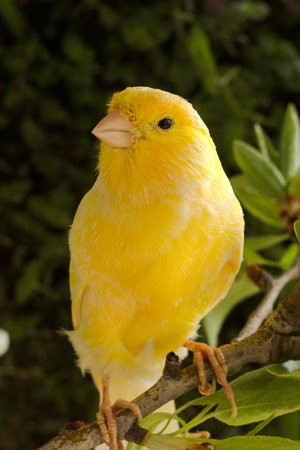

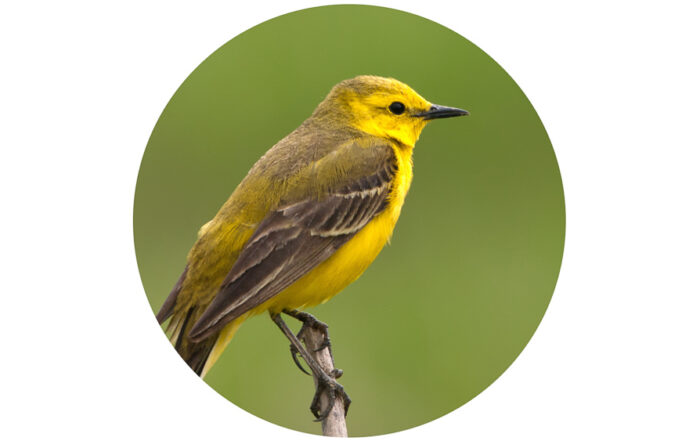
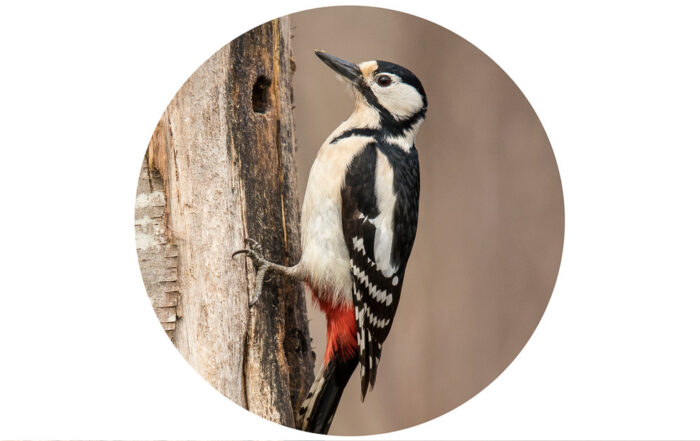
Leave A Comment